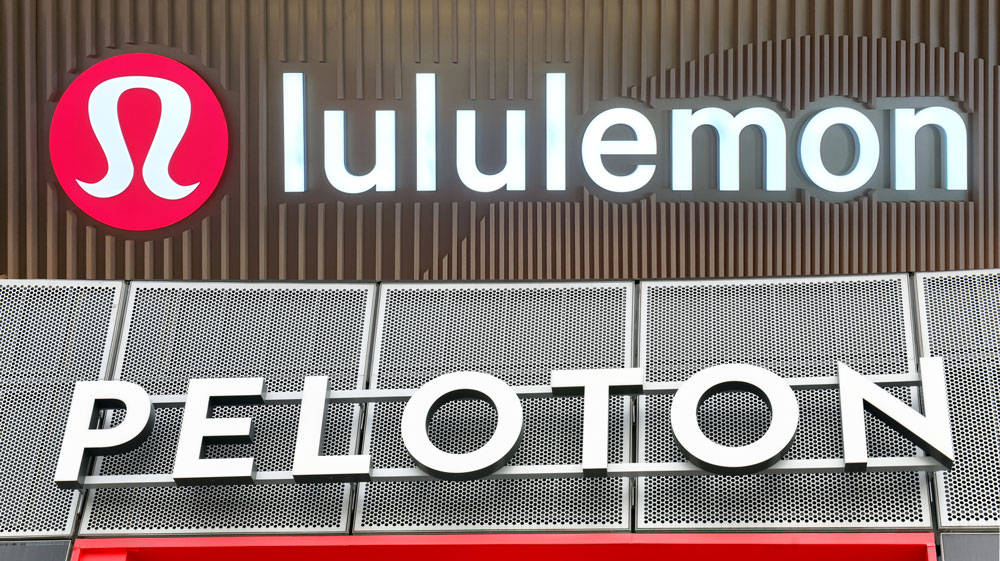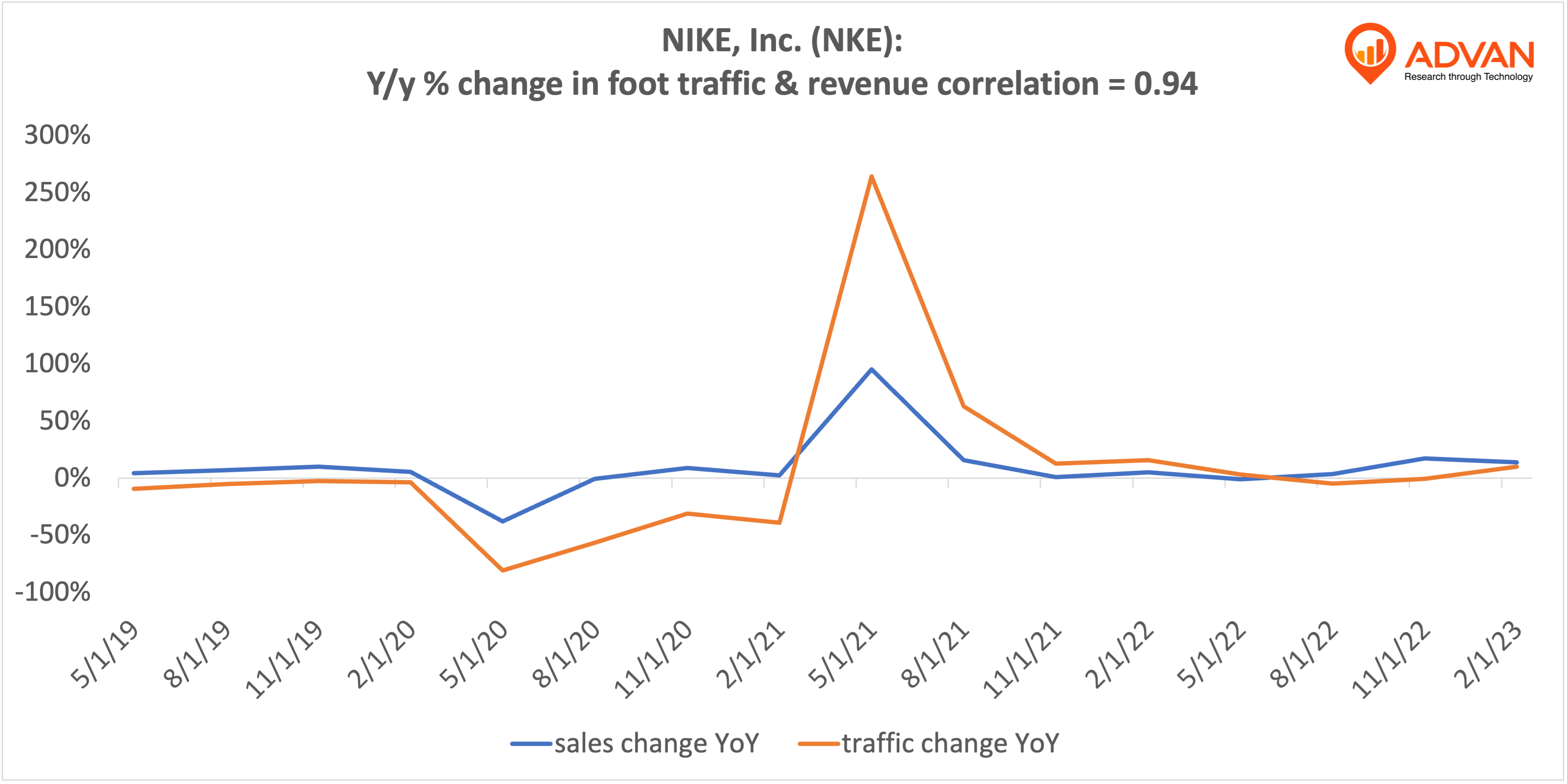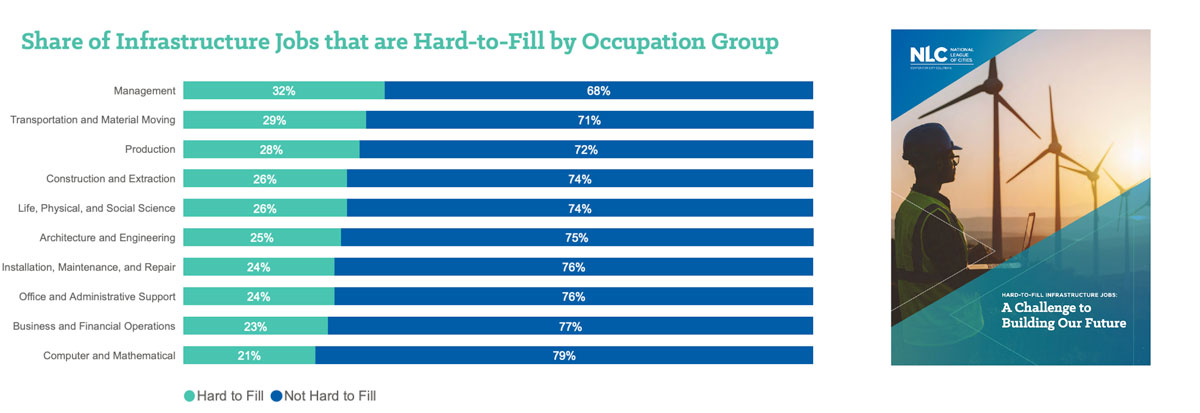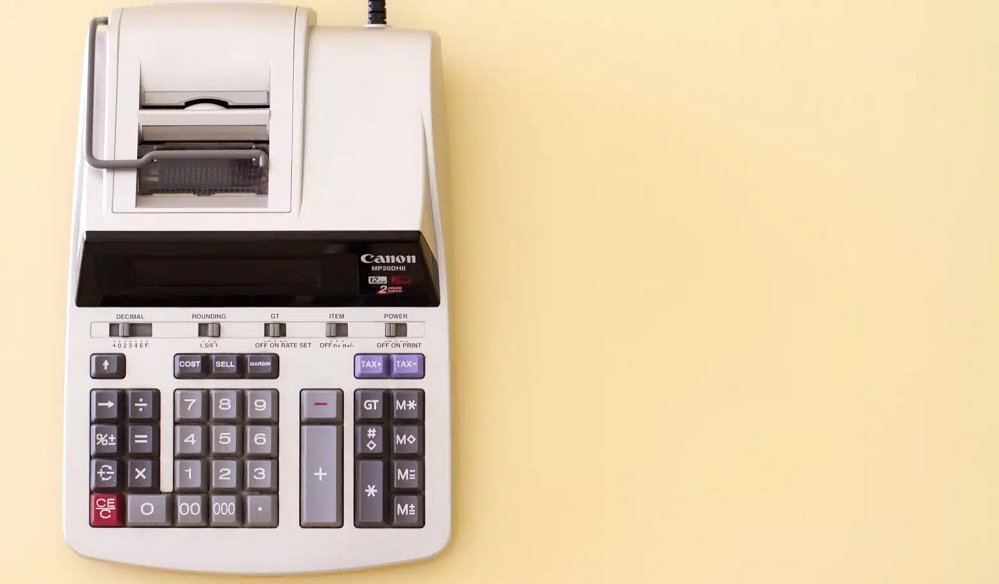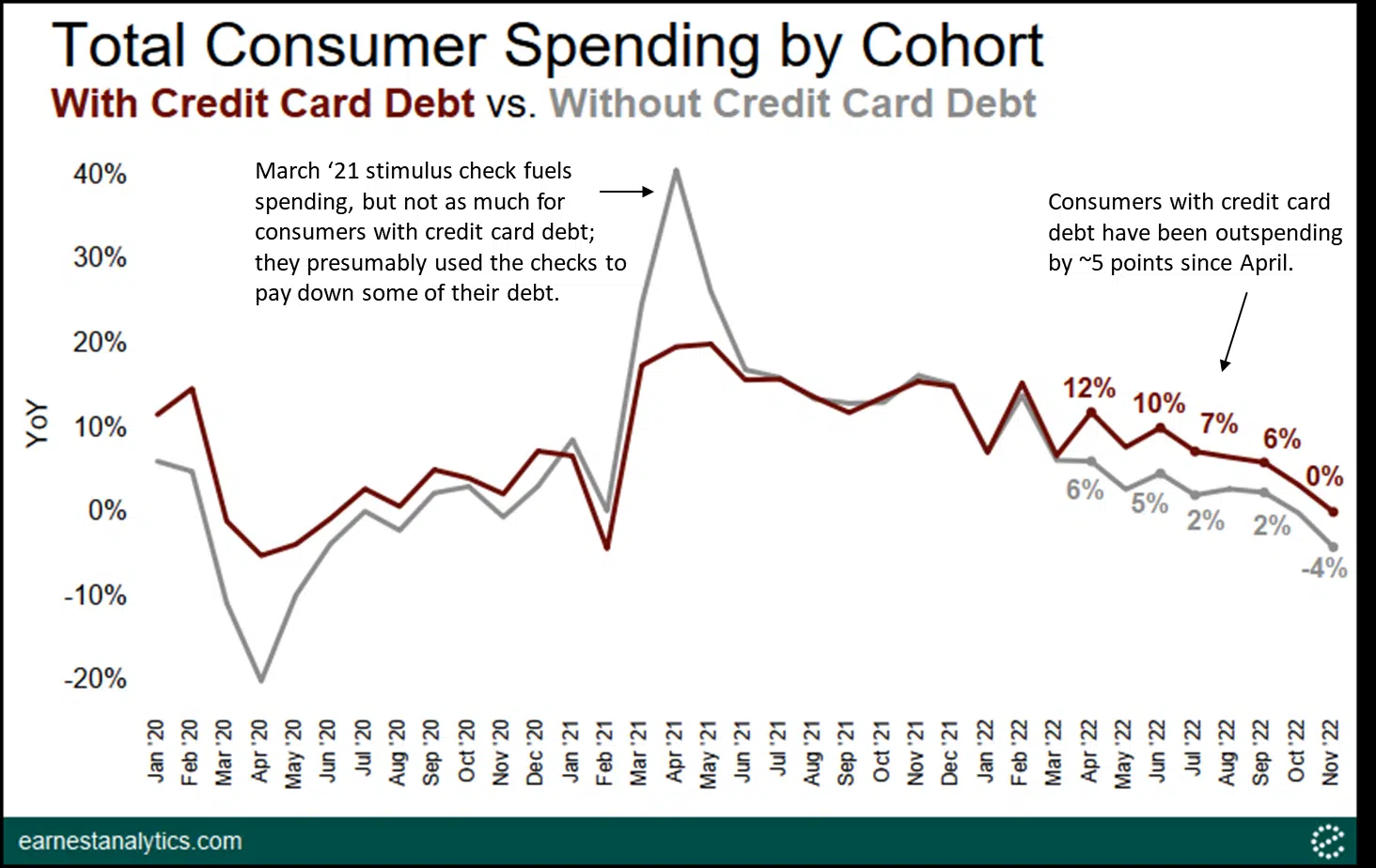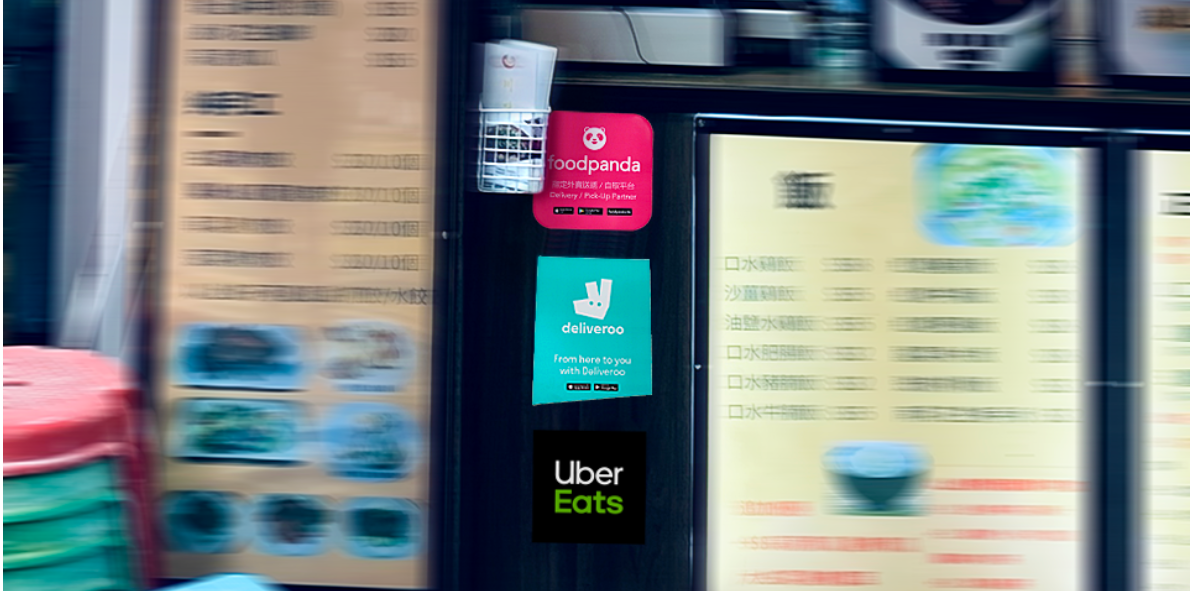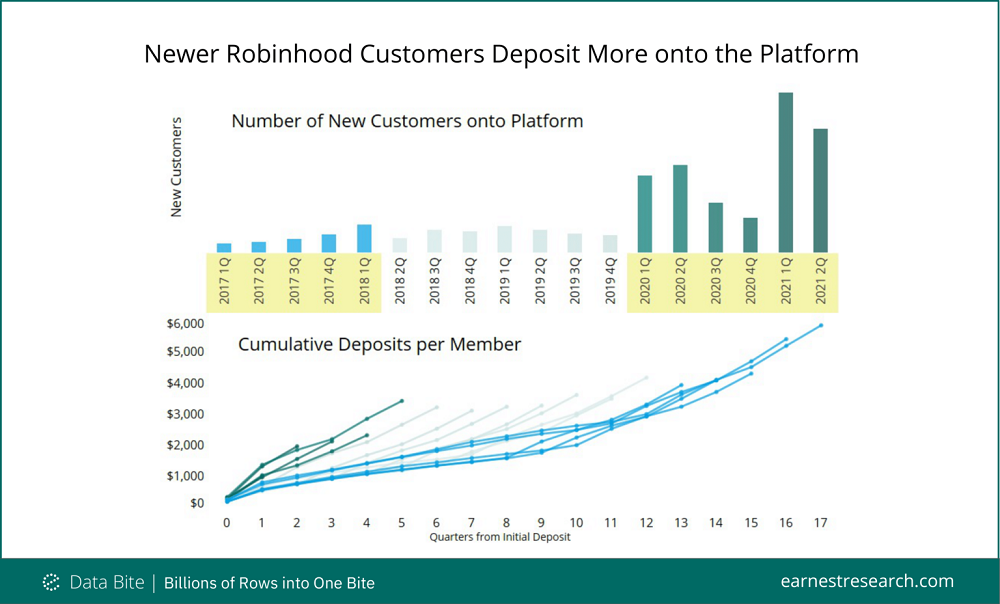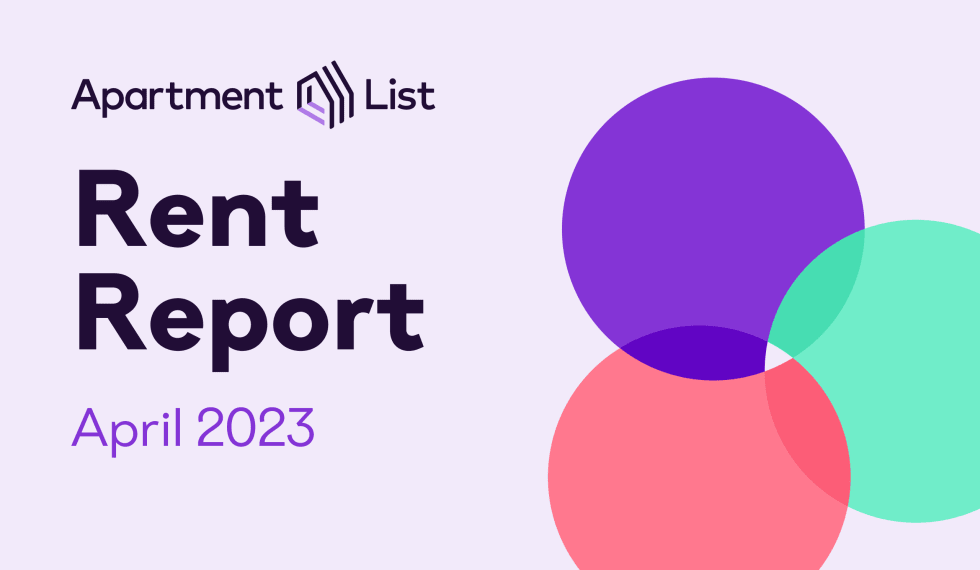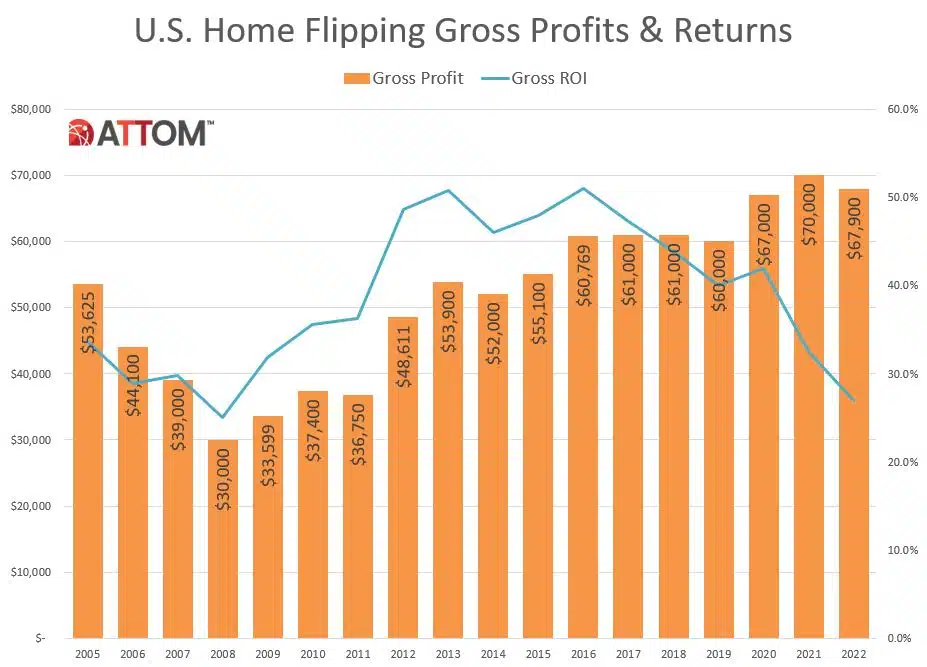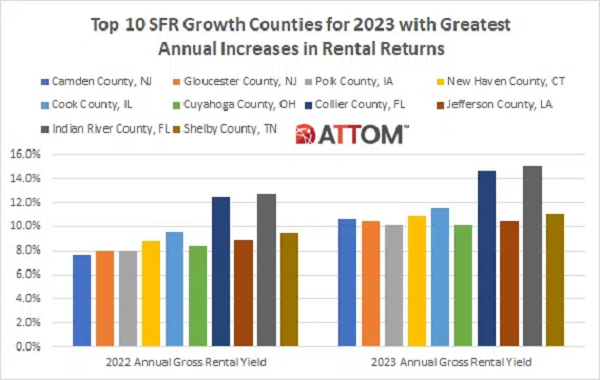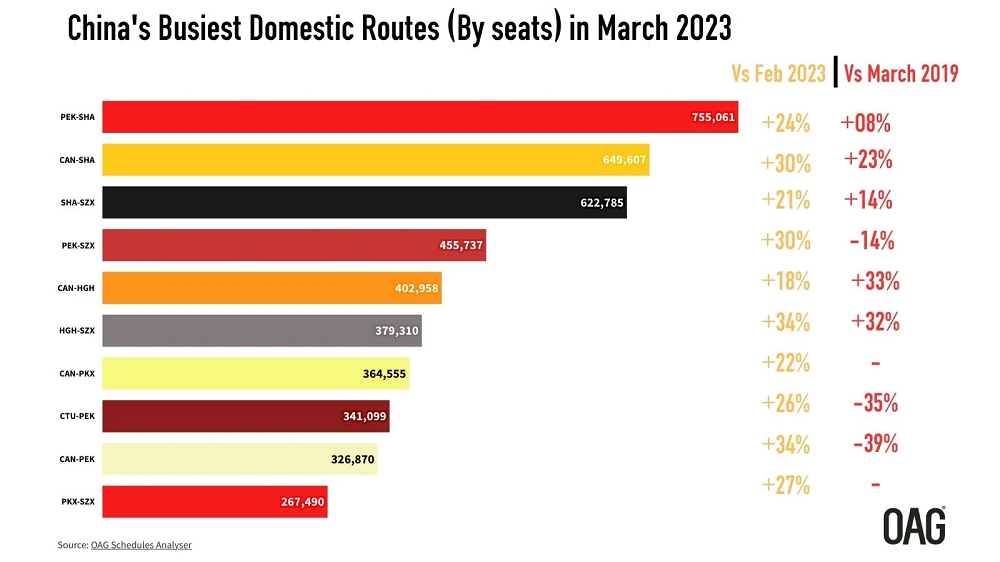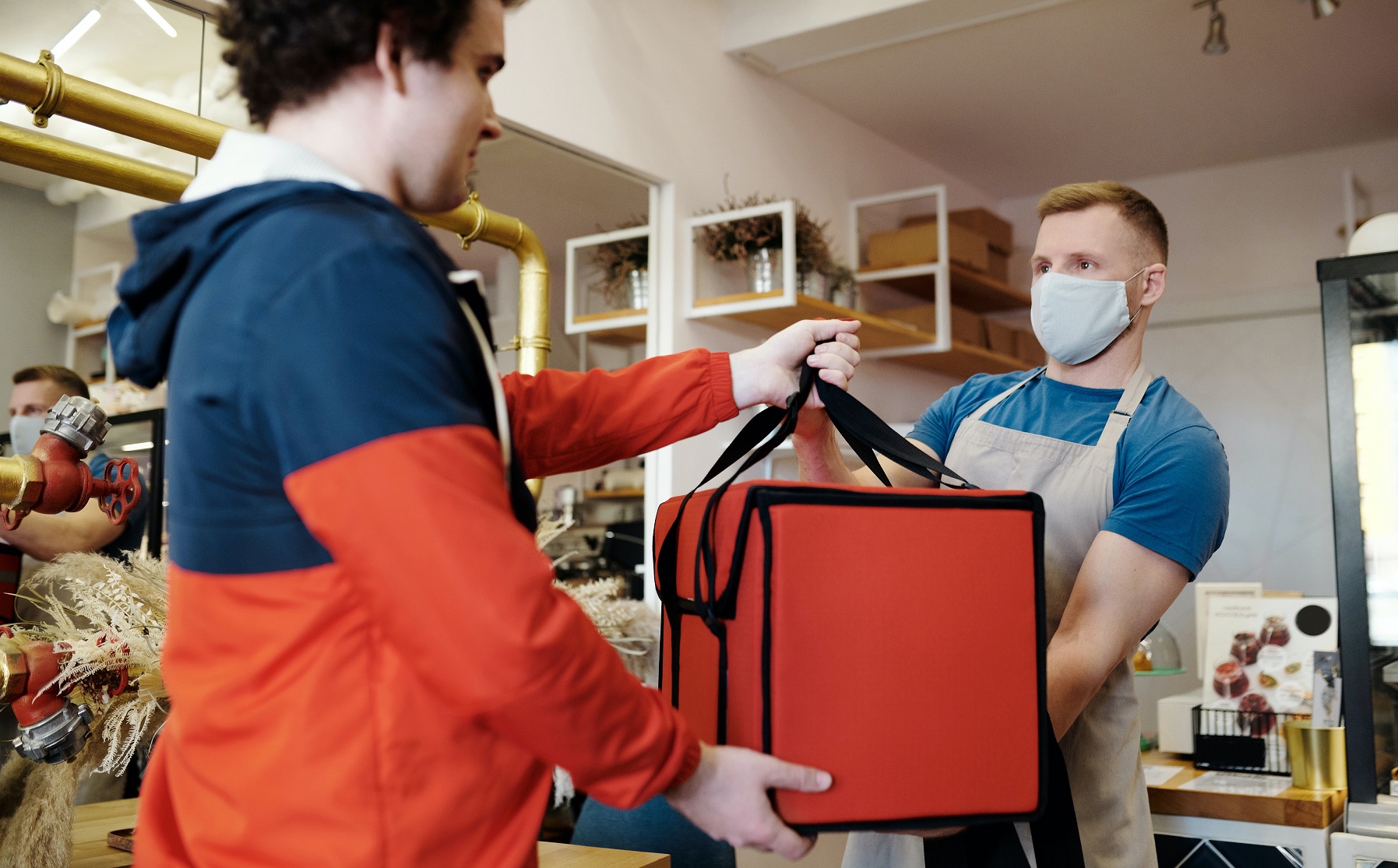While every sector has its doubters, off-price leaders were the focus of a high level of concern during COVID because of their reliance on physical locations. And while the ultimate success of the sector, especially relative to the wider apparel space, was hardly impossible to predict, the performances of top brands in the space were truly impressive. So where do things stand and how might these leaders progress deeper into 2021?
Digital advertising plays an essential role in the modern-day brand’s success, from revenue and customer growth to driving brand awareness throughout a company’s lifecycle. After a tumultuous year, several technology companies entered 2021 with plans for an IPO. One of the most anticipated brands to go public in 2021 was Coinbase, the largest cryptocurrency exchange in America.
The competitive landscape of the food delivery market in Asia has changed a lot in 2021. Previously our reports showed how major food delivery companies in Asia were performing during covid (Read The Roller Coaster Goes On: Food-Delivery Companies in Asia). After a year of pandemic, the battle goes on, and is heating up in one of the most densely populated markets – Hong Kong.
This blog post discusses changes in federal district court litigation due to the COVID-19 pandemic in 2020. Lex Machina monitors and reports on how courts are affected by the social changes due to the pandemic with our COVID-19 blog posts, the COVID-19 Impact Analyzer tool that is publicly accessible, and in-product case tagging for litigation caused by COVID-19.
Total construction starts fell 2% in April to a seasonally adjusted annual rate of $853.5 billion, according to Dodge Data & Analytics. Single family construction posted a sizeable decline following months of strong activity, while nonresidential building and nonbuilding starts both gained. “The pullback in single family construction starts was inevitable after showing exceptional strength over the past year,” said Richard Branch, Chief Economist for Dodge Data & Analytics.
U.S. single-family rent growth quickened in March 2021, increasing 4.3% year over year, showing solid improvement from the low of 1.4% reported for June 2020, and up from the 3% rate recorded for March 2020, according to the CoreLogic Single-Family Rent Index (SFRI). The index measures rent changes among single-family rental homes, including condominiums, using a repeat-rent analysis to measure the same rental properties over time.
The multifamily industry has been off to a hot start to 2021 after a challenging 2020. New deliveries through April were up considerably, but so was apartment demand. Robust demand has been a continuation from the recovery that began in Q3 2020, but the difference so far this year is the reappearance of rent growth.
April marked an important month for retail recovery, but one sector that may be less thrilled to see the coming spring is home improvement. The brands in the space have seen incredible strength throughout the pandemic, with Q1 marking another strong quarter. Yet, unlike most sectors that will benefit from 2020 weakness to emphasize 2021 strength, home improvement leaders will be compared to their unique peak during the pandemic.
Facebook is the leading social media platform by many counts—but when it comes to popularity among Gen Z users, Snapchat is overtaking the giant. Gen Z is getting older and about to be a huge buying power. How are advertisers using the two platforms? And which brands spending big on Snapchat represent opportunities for other publishers?
Activity levels across the UK’s hotels, B&Bs and guest houses are showing a pre-emptive rise in traffic, with the presence of staff, workers (and a number of outdoor drinkers) behind a 35% rise in presence beginning April 12th. Analysis of when hotels have been busiest during the period since April 12th reveals that activity is highly concentrated in working hours, with up to 15% more attendance taking place between 9am and 5pm.
The U.S. shed more than 22 million jobs in March and April 2020 as the economy felt the full impact of the pandemic shutdown. These jobs have been coming back, and as of February 2021, the U.S. has recovered 58% of the jobs lost in 2020. However, the job recovery has been felt differently across the country with some states showing full recoveries and others lagging far behind.
With the first set of restaurants allowed to open for indoor dining in the UK May 17th, we are taking a look at how things have changed since outdoor dining opened on April 12. We examine shifts in popularity for different restaurant subindustries as well as how much momentum online ordering has been able to retain. These trends provide important insight into how the next few weeks may evolve as additional restrictions are lifted.
The occupancy doldrums remained in place with U.S. occupancy falling to an eight-week low (56.7%) during 2-8 May 2021. Using STR’s total-room-inventory (TRI) methodology, which considers hotels that are temporarily closed, occupancy dropped to 54.2%. Demand, however, increased slightly and remained above 21 million as it has since mid-March. The decrease in occupancy was a result of increased hotel openings.
At the beginning of the year, ad tech leaders were talking about what they expected from programmatic in 2021. A big part of the discussion was how programmatic would become central to the media planning process and how buyers would need to adopt a ‘test and learn’ mindset. Not only that, but IAB predicted that programmatic’s “meteoric rise” in ad spend would reach $98 billion and account for 68% of all digital advertising in the US.
When many Americans sheltered in their homes early in the coronavirus pandemic, meal delivery sales reached new heights. Our data reveals that in April 2021, sales for meal delivery services grew 36 percent year-over-year, collectively. Shelter-in-place orders may also be driving more Americans to make their first meal delivery purchase.
Towns and cities in the UK’s North East, North West and West Midlands show early signs of getting back to previous working patterns, with high-frequency geo-location data revealing a sharp rise in commuting practices during April as lockdown restrictions eased. The data measures the extent to which residents of UK towns and cities travel beyond their home environments on a frequent basis – a traditional commuting pattern.
Very few industries combine fashion and function as well as eyewear. And state-by-state regulations that mandate optometrists performing exams in “two-door” states operate separately from opticians filling prescriptions provide a clear separation between medical necessity and personal indulgence. This combination has led to peak conditions for the nascent online eyewear subindustry.
Despite strong demand dating back to the third quarter of last year for the multifamily industry, rent growth was largely absent until the calendar turned to 2021. So far this year, strong demand has been sustained and average effective rent was up by a little more than 2% nationally through April. One factor that has aided that growth has been the beginning of a drawdown in lease concessions after a dramatic increase in reliance on discounts last year
In what has been the hardest-hit and slowest-to-recover ad market, Canada has finally rebound. To understand the effect of the rebound, we leveraged our detailed ad intelligence data sourced from actual spend from the top media agencies in Canada. The data shows that in Q1 2021, national advertising expenditure across all media was up +4% vs Q1 2020 and driven by a strong March month, up +10% vs. March 2021.
In the biggest shock of the retail year (note the heavy sarcasm) both Walmart and Target are recovering well. Looking at year-over-year numbers in March and April shows Target visits skyrocketing to gains of 21.7% and 49.5% respectively in the two months. Walmart went from significant year-over-year declines to a March visit gap of just 0.4% and visit growth of 21.7% in April.








